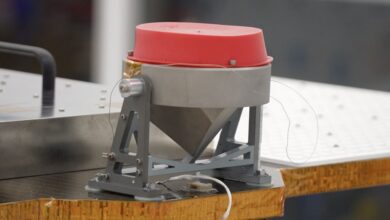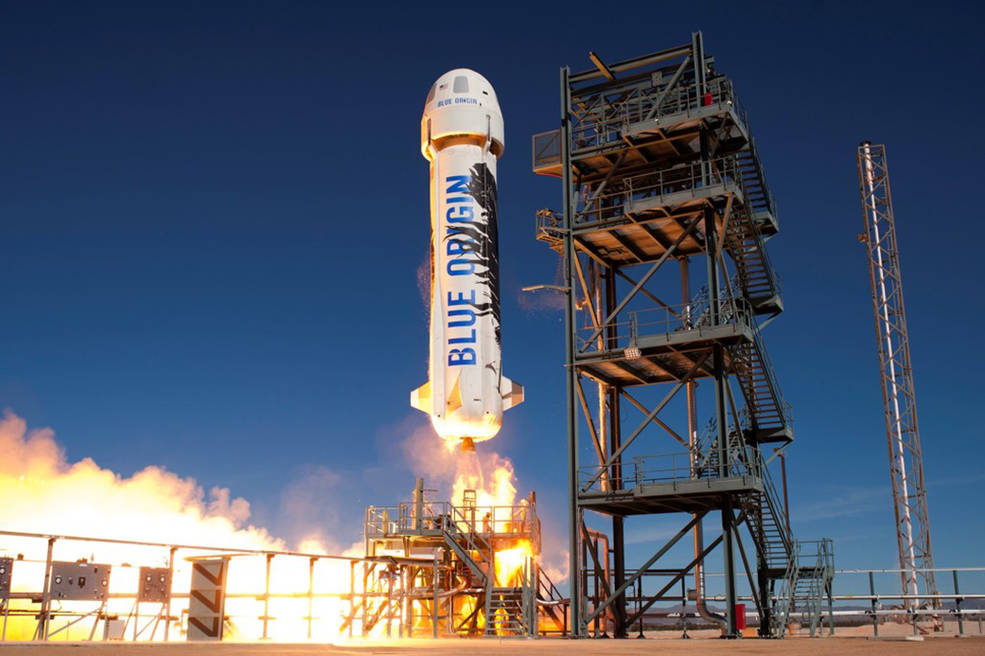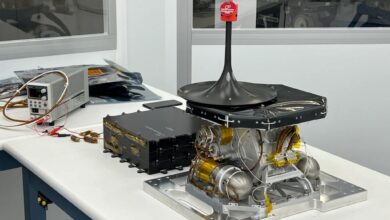NASA Sets Coverage for Crew Launch; Trio to Join Expedition 70

Three crew members will blast off on Thursday, March 21, to support Expedition 70 aboard the International Space Station. NASA will provide full coverage of launch and crew arrival at the microgravity laboratory.
NASA astronaut Tracy C. Dyson, Roscosmos cosmonaut Oleg Novitskiy, and spaceflight participant Marina Vasilevskaya of Belarus, are scheduled to lift off on the Roscosmos Soyuz MS-25 spacecraft from the Baikonur Cosmodrome in Kazakhstan at 9:21 a.m. EDT (6:21 p.m. Baikonur time).
Launch coverage will begin at 8:20 a.m. on NASA+, NASA Television, the NASA app, YouTube, and the agency’s website. Learn how to stream NASA TV through a variety of platforms including social media.
Dyson, Novitskiy, and Vasilevskaya will journey to the station on a two-orbit, three-hour trajectory that will result in a docking to the station’s Prichal module at 12:39 p.m.
Shortly after, hatches between the station and the Soyuz will open and the new crew members will connect with NASA astronauts Loral O’Hara, Matthew Dominick, Mike Barratt, and Jeanette Epps, as well as Roscosmos cosmonauts Oleg Kononenko, Nikolai Chub, and Alexander Grebenkin, already living and working aboard the space station.
NASA coverage of the mission is as follows (all times Eastern and are subject to change based on real-time operations):
Thursday, March 21:
- 8:20 a.m. – Launch coverage begins
- 9:21 a.m. – Launch
- 11:30 a.m. – Rendezvous and docking coverage begins
- 12:39 p.m. – Docking
- 2:50 p.m. – Hatch opening and welcome remarks coverage begins
Dyson will spend six months aboard the station as an Expedition 70 and 71 flight engineer, returning to Earth in September with Oleg Kononenko and Nikolai Chub of Roscosmos, who will complete a year-long mission on the laboratory.
Novitskiy and Vasilevskaya will be aboard the station for 12 days, providing the ride home for O’Hara on Tuesday, April 2, aboard Soyuz MS-24 for a parachute-assisted landing on steppe of Kazakhstan. O’Hara will have spent 200 days in space when she returns.
This will be the third spaceflight for Dyson, the fourth for Novitskiy, and the first for Vasilevskaya.
To read more about the International Space Station, its research, and crew, visit:





